HEALTH CARE ACCESS
The Honduran government provides two different types of health centers throughout rural Honduras: Centros de Salud Médico Odontológico (CESAMOs) and Centros de Salud Rural (CESARs). CESAMOs are the larger of the two, often found in municipalities, and typically have at least one physician on staff at all times with nurses and potentially a dentist. CESARs are found sporadically in rural communities and generally have a single nurse available. Even with this coverage, it is important to note that medications, supplies, and materials are often not available in these health centers and the physician density in Honduras remains around 1,220 people for every one doctor. According to the World Health Organization, there should be a maximum of 435 people per physician to qualify a country as having adequate access to medical attention.
There is no health center in the community of La Campos. If community members wish to receive medical attention, they must travel seven kilometers to the nearest CESAMO in Jutiapa. The nearest specialists, however, are located in the municipality of Danlí. Community members report the most common illnesses to be asthma, coughing, the flu, arterial hypertension, and diabetes.


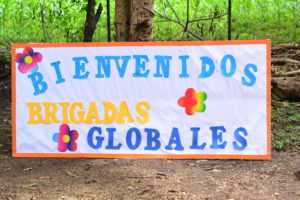 La Campos is a community located in the municipality of Danlí within the department of El Paraíso, Honduras. The majority of the community members work in agriculture or day labor. Children in the community have access to education up to sixth grade. A well and pump were installed by World Vision but do not currently meet the needs of the entire community due to a lack of additional infrastructure and insufficient water supply. The primary needs expressed by the community during their initial communications with Global Brigades involved expanding access to water.
La Campos is a community located in the municipality of Danlí within the department of El Paraíso, Honduras. The majority of the community members work in agriculture or day labor. Children in the community have access to education up to sixth grade. A well and pump were installed by World Vision but do not currently meet the needs of the entire community due to a lack of additional infrastructure and insufficient water supply. The primary needs expressed by the community during their initial communications with Global Brigades involved expanding access to water.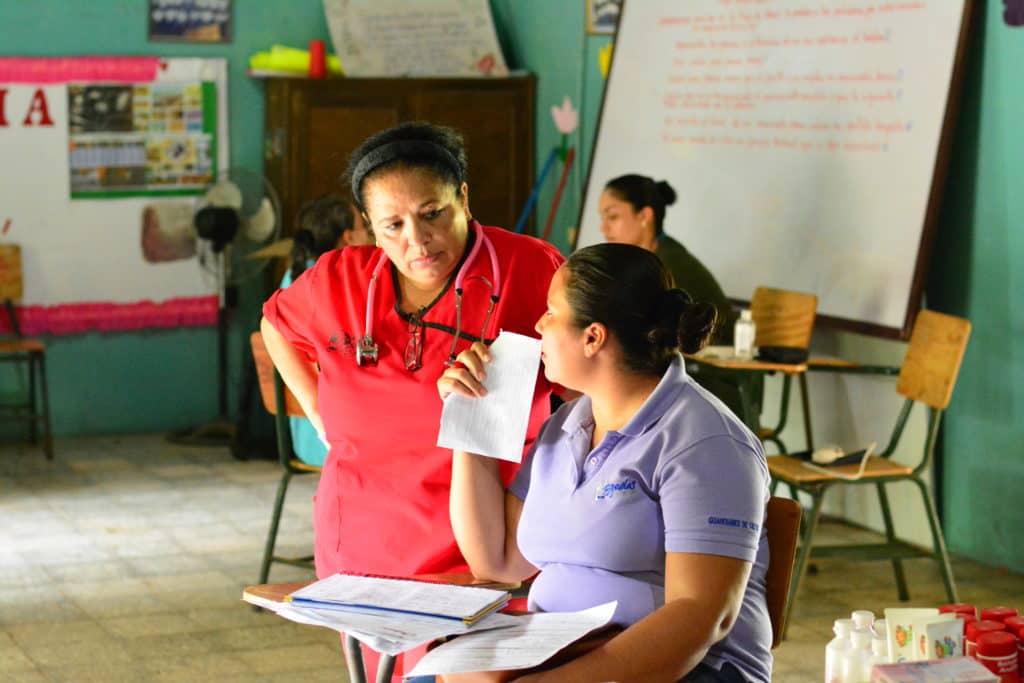 COMMUNITY HEALTH WORKERS
COMMUNITY HEALTH WORKERS BRIGADE INFORMATION
BRIGADE INFORMATION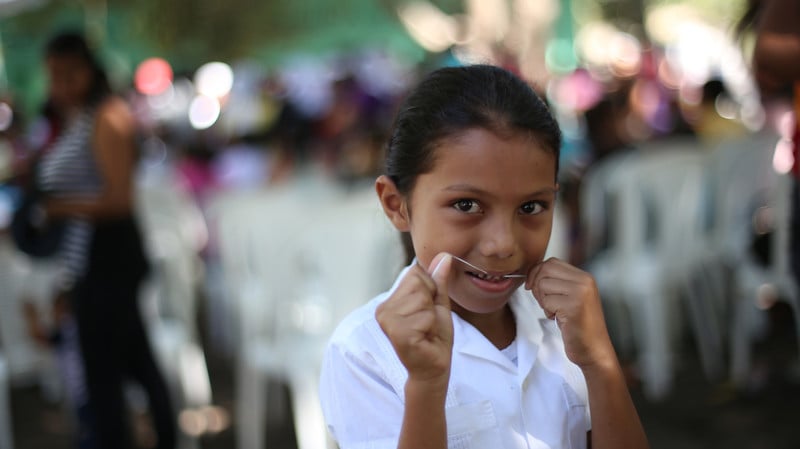
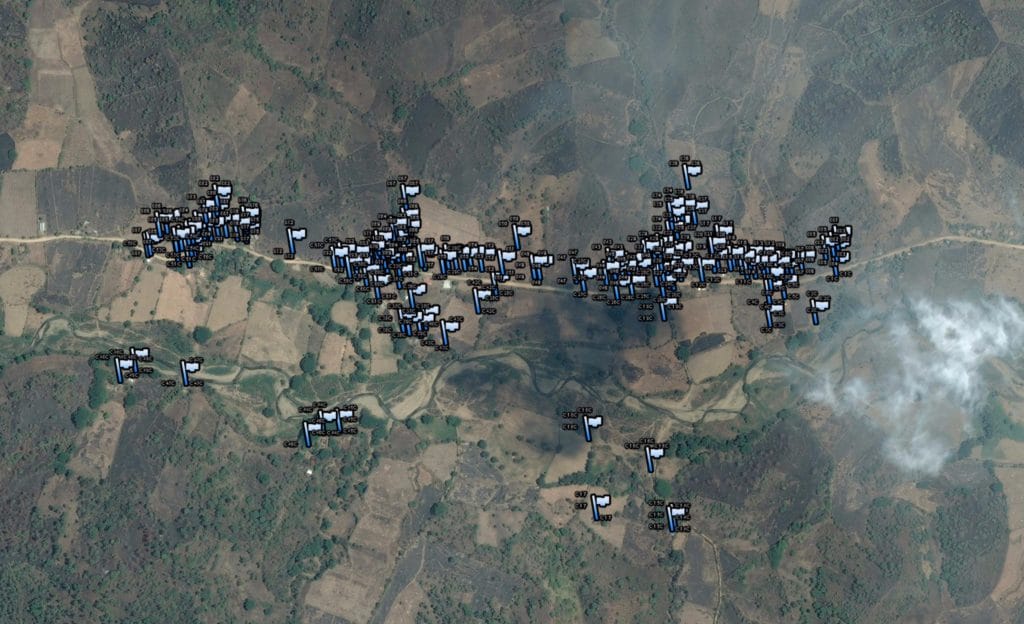 LA CAMPOS’ ENGINEERING SOLUTION
LA CAMPOS’ ENGINEERING SOLUTION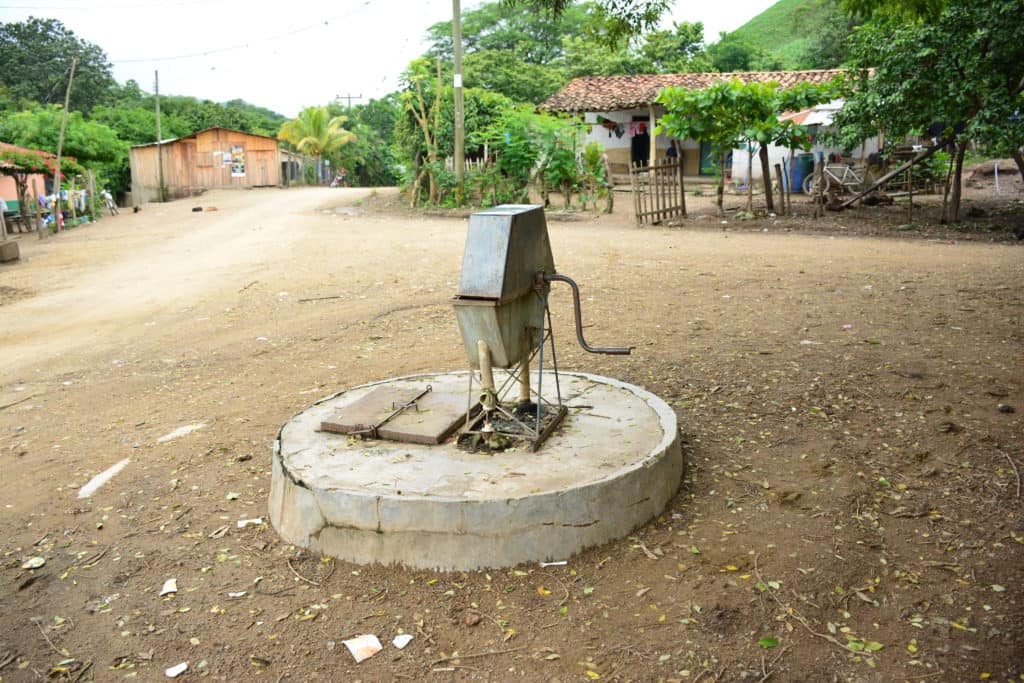 LA CAMPOS’ WATER SOLUTION
LA CAMPOS’ WATER SOLUTION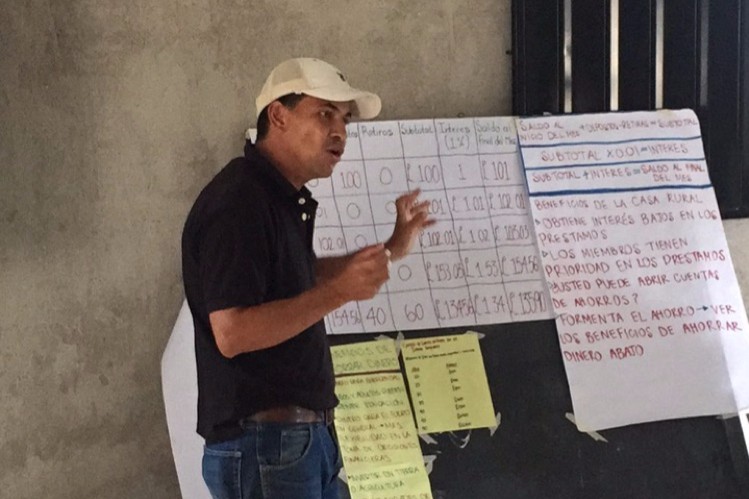 LA CAMPOS’ MICRO-FINANCE SOLUTION:
LA CAMPOS’ MICRO-FINANCE SOLUTION: